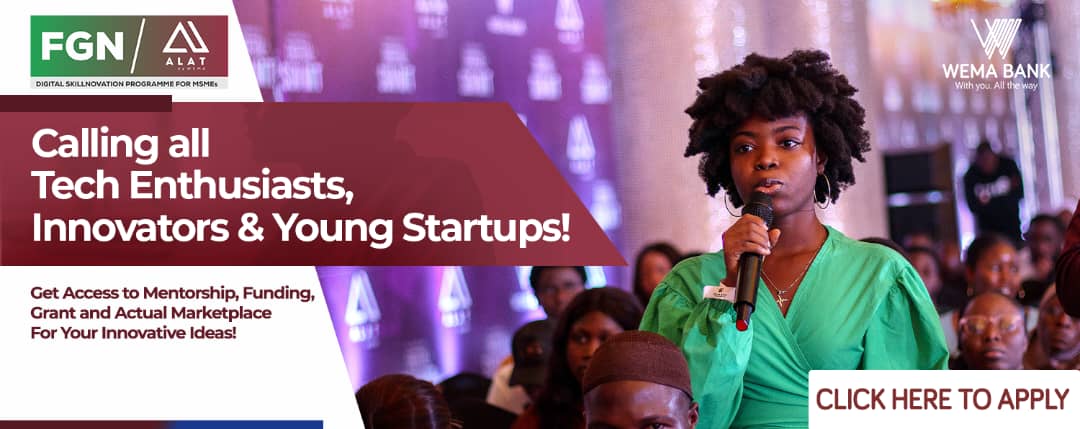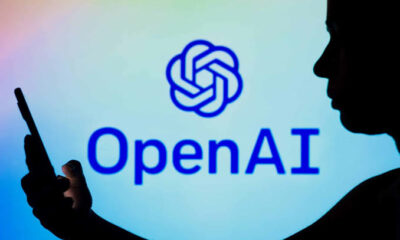
News
GPT-4: The Ultimate Guide to OpenAI’s Latest and Most Advanced AI Chatbot

Learn everything you need to know about GPT-4, the latest and most advanced AI chatbot from OpenAI. Discover its features, capabilities, benefits, challenges, and how to access it.
What is GPT-4 and how does it work?
GPT-4 stands for Generative Pre-trained Transformer 4, which is a type of deep learning model that uses a large neural network to learn from data and generate new content based on prompts. GPT-4 is trained on a massive corpus of text and images from the internet as it was in 2021, which gives it a broad general knowledge and ability to mimic different writing styles.

GPT-4 works by taking an input, such as a question, a sentence, or an image, and producing an output that is relevant and coherent. For example, if you ask GPT-4 to explain the plot of Cinderella in a sentence where each word has to begin with the next letter in the alphabet from A to Z, without repeating any letters, it might generate something like this:
A beautiful Cinderella, dwelling eagerly, finally gains happiness; inspiring jealous kin, love magically nurtures opulent prince; quietly rescues, slipper triumphs, uniting very wondrously, xenial youth zealously.

An image of Cinderella and her prince

RELATED; How to Generate High-Ranking Titles with ChatGPT-4
ChatGPT-4: The Ultimate Tool for SEO-Driven Content Creation
How to Use ChatGPT-4 for SEO: Boosting Your Search Engine Optimization
GPT-4 can also perform more complex tasks that require reasoning and creativity. For example, if you give GPT-4 an image of some ingredients and ask it to suggest a recipe, it might generate something like this:
Ingredients: eggs, cheese, spinach, mushrooms
Recipe: Some possible recipes based on these ingredients are:
– Spinach and cheese frittata: whisk eggs with salt, pepper, and cheese in a bowl. Heat oil in a skillet over medium-high heat and cook spinach until wilted. Add mushrooms and cook until browned. Pour egg mixture over spinach and mushrooms and cook until set. Cut into wedges and serve.
– Mushroom and cheese omelet: beat eggs with salt, pepper, and cheese in a bowl. Heat butter in a nonstick skillet over medium-high heat and cook mushrooms until browned. Transfer to a plate and keep warm. In the same skillet, pour half of the egg mixture and cook until almost set. Fold over one side of the omelet and slide onto a plate. Repeat with the remaining egg mixture. Top with mushrooms and more cheese if desired.
– Spinach and cheese quiche: preheat oven to 375°F and lightly grease a 9-inch pie dish. In a large bowl, whisk eggs with cream, salt, pepper, nutmeg, and cheese. In a skillet over medium-high heat, cook spinach until wilted and squeeze out excess moisture. Sprinkle spinach evenly over the bottom of the pie dish. Pour egg mixture over spinach and bake for 25 to 30 minutes or until golden and set. Let it rest for 10 minutes before slicing and serving.

An image of spinach and cheese quiche
What are some of the benefits of GPT-4?
GPT-4 is a remarkable achievement in artificial intelligence that demonstrates how far the field has progressed in recent years. GPT-4 has several potential benefits for various domains and applications, such as:
– Education: GPT-4 can help students learn new skills and concepts by providing explanations, examples, feedback, and guidance. It can also help teachers create engaging and personalized content for their students.
– Entertainment: GPT-4 can generate original and diverse content for entertainment purposes, such as stories, songs, poems, jokes, games, and more. It can also mimic other writing styles such as songwriters and authors, using the internet as it was in 2021 as its knowledge database.
– Business: GPT-4 can help businesses improve their productivity and efficiency by automating various tasks, such as writing emails, reports, proposals, marketing copy, and more. It can also help businesses communicate better with their customers and partners by providing personalized and relevant responses.
– Research: GPT-4 can help researchers explore new ideas and hypotheses by generating novel and diverse content based on their inputs. It can also help researchers synthesize and summarize large amounts of information from different sources.
– Social good: GPT-4 can help address some of the social and environmental challenges that humanity faces by providing useful and actionable information and solutions. For example, it can help people learn new languages, access health care, find jobs, and more.
[the_ad id=”33485″]
What are some of the challenges and risks of GPT-4?
GPT-4 is not a perfect system and it still has many limitations and challenges that need to be addressed. Some of the main ones are:
– Reliability: GPT-4 is not always accurate or factual in its outputs. It may sometimes produce misleading, incorrect, or harmful information that can have negative consequences for users and society. For example, it may generate false or biased news, medical advice, legal advice, or financial advice.
– Alignment: GPT-4 is not always aligned with the values and goals of its users and stakeholders. It may sometimes produce outputs that are inappropriate, offensive, or unethical. For example, it may generate hate speech, violence, pornography, or plagiarism.
– Control: GPT-4 is not always controllable or predictable in its outputs. It may sometimes produce outputs that are unexpected, unwanted, or dangerous. For example, it may generate malicious code, spam, scams, or propaganda.
– Accountability: GPT-4 is not always accountable or transparent in its outputs. It may sometimes produce outputs that are difficult to understand, explain, or verify. For example, it may generate outputs that are ambiguous, complex, or obscure.
To address these challenges and risks, OpenAI says it has spent six months making GPT-4 safer and more aligned with human feedback and expert input. It has also developed a safety research and monitoring system that allows users to report shortcomings and issues with the model. However, OpenAI acknowledges that GPT-4 is still far from perfect and that more work needs to be done to ensure its responsible and beneficial use.
[the_ad id=”41670″]
How can I access and use GPT-4?
GPT-4 is currently available through two channels: ChatGPT Plus and the OpenAI API.
ChatGPT Plus is a paid subscription service that allows users to access GPT-4’s text input capability through a web-based chat interface. Users can interact with GPT-4 by typing prompts or questions and receiving text responses. Users can also customize their experience by choosing different modes (such as Balanced, Creative, or Precise), and settings (such as temperature, repetition penalty, and frequency penalty). ChatGPT Plus costs $20 per month and offers unlimited access to GPT-4.
The OpenAI API is a cloud-based platform that allows developers and businesses to integrate GPT-4’s text input capability into their applications and services. The OpenAI API provides a simple and secure way to access GPT-4 through a RESTful interface. The OpenAI API is currently in beta and has a waitlist for access. The pricing for the OpenAI API is based on the number of tokens (words or characters) processed by GPT-4.
GPT-4’s image input capability is not yet publicly available and is only being tested by a single partner, Be My Eyes, an application for the visually impaired. OpenAI says it is working to prepare the image input capability for wider availability in the future.
Conclusion
GPT-4 is a remarkable advancement in artificial intelligence that demonstrates the potential and challenges of large language models. GPT-4 can generate impressive and useful content based on text and image inputs, but it also poses significant risks and limitations that need to be addressed. GPT-4 is currently available through ChatGPT Plus and the OpenAI API, with limited access to its image input capability.
If you are interested in trying out GPT-4, you can sign up for ChatGPT Plus or join the OpenAI API waitlist. Alternatively, you can also check out some of the examples and demos of GPT-4 on the OpenAI website.
If you enjoyed this blog post, please share it with your friends and colleagues. And if you have any questions or feedback about GPT-4, feel free to leave a comment below. Thank you for reading!



























